Some dogs don’t just wag their tails—they wag price tags. We’re talking about the canine elite. The breeds that come with royal lineage, velvet coats, and vet bills that could rival a luxury car payment. These aren’t just pets—they’re four-legged investments. From ancient hunters with thousand-year histories to dainty fluffballs that fly first class, these dogs are the embodiment of high-maintenance charm. Sure, they’ll steal your heart. But they might also swipe your savings. If you’ve ever wondered which pups rule the financial food chain, you’re about to meet the five dog breeds that cost a fortune—before they even chew your shoes.
Tibetan Mastiff
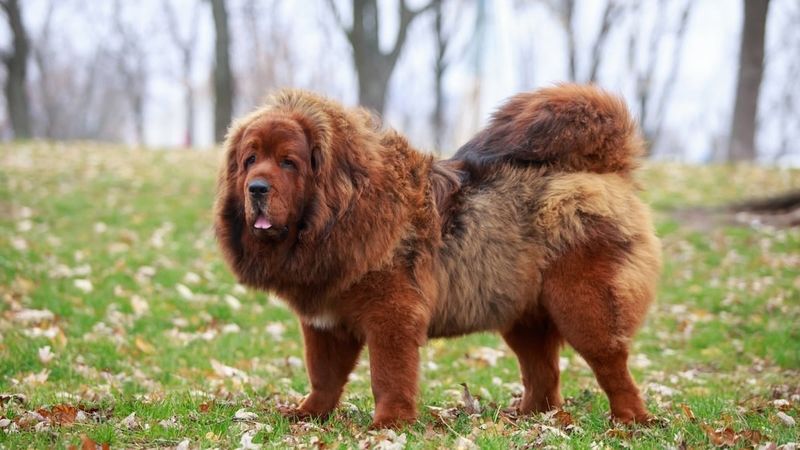
The Tibetan Mastiff is not just a dog; it is a symbol of luxury and prestige. This magnificent breed hails from the Himalayas, where it was originally bred to protect livestock from predators. With its regal appearance and aloof demeanor, it commands attention wherever it goes.
A Tibetan Mastiff’s thick mane and dignified stature make it look like a lion. These dogs can weigh up to 160 pounds, adding to their imposing presence. Known for their independence, they are great for owners who understand their complex nature. The cost of acquiring and maintaining one can be substantial.
Did you know? Tibetan Mastiffs are known as the most ancient and primitive breeds, dating back thousands of years. Their majestic appearances match their historical significance, making them a prized possession.
Samoyed
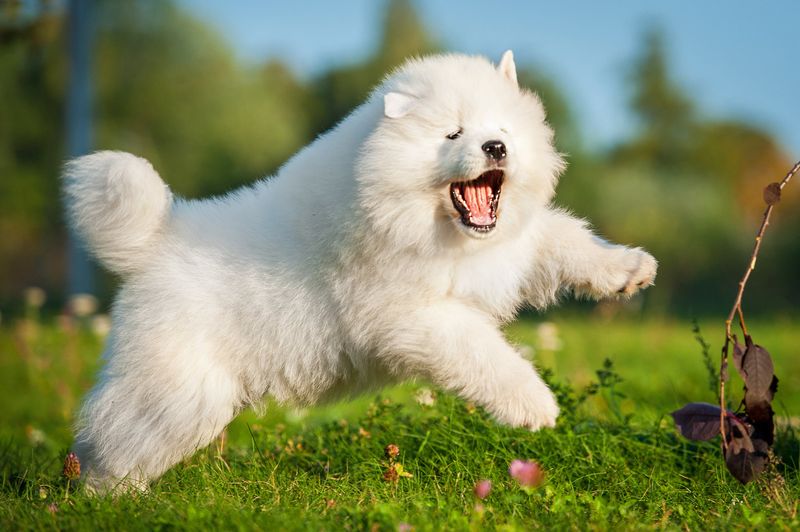
Nicknamed the “Smiling Sammie,” the Samoyed is known for its perpetually happy expression. Originating from Siberia, these fluffy white dogs were used for herding reindeer and pulling sleds. Their infectious joy and playful nature make them delightful companions for families.
Despite their cheerful demeanor, Samoyeds require diligent grooming to maintain their beautiful coats. They shed heavily, often termed as “blowing coat,” which occurs twice a year. This grooming, along with their need for regular exercise, can add up to a significant investment.
A fun fact: Samoyeds have a history of sleeping with their owners to keep them warm, thanks to their thick, insulating fur.
Chow Chow
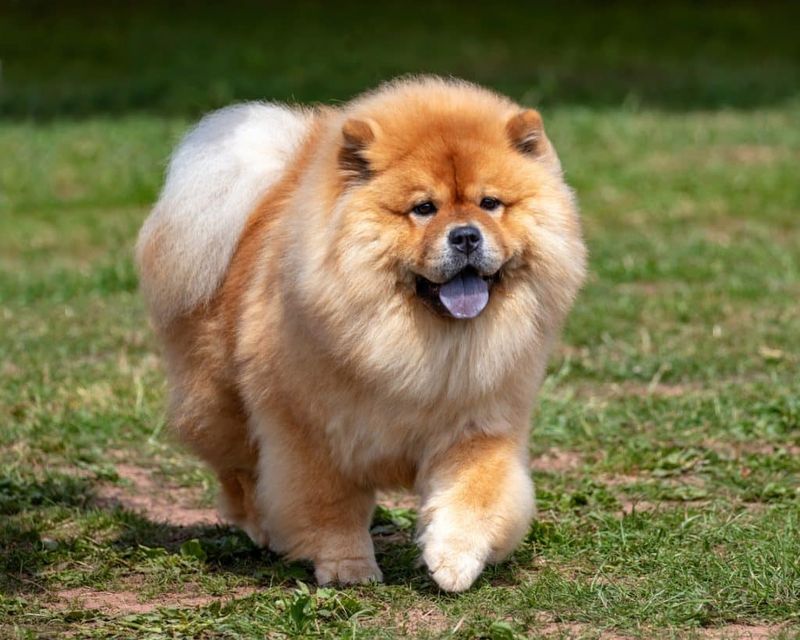
The Chow Chow’s appearance is nothing short of striking, with its lion-like mane and deep-set eyes. This breed has a storied history, believed to have been companions to Chinese nobility as far back as 2000 years ago. With their characteristic aloofness, they often have an air of mystery.
Chow Chows are known for their strong-willed nature, requiring a patient owner who understands their unique temperament. Their grooming needs, especially maintaining their thick coats, can be demanding. Owning a Chow Chow is a commitment that often involves a substantial financial outlay.
Did you know? Chow Chows are one of the few dog breeds with a distinctive blue-black tongue, adding to their unique allure.
Pharaoh Hound
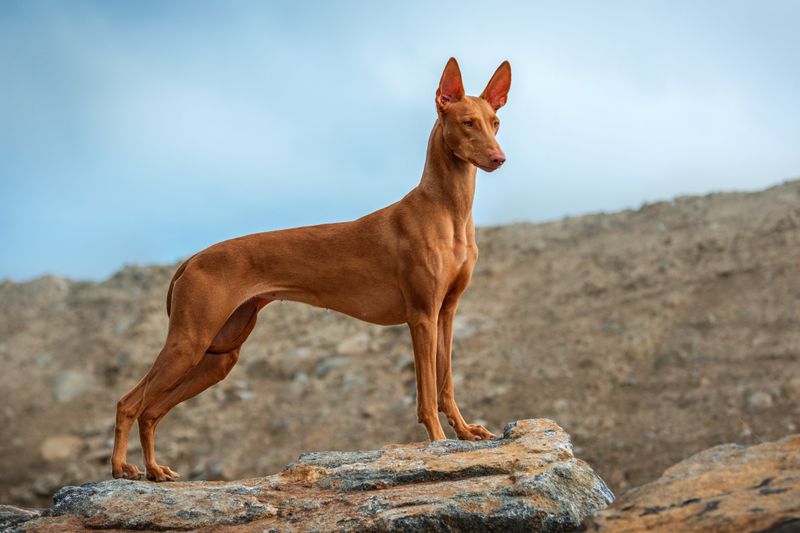
Graceful and agile, the Pharaoh Hound resembles the ancient dogs depicted in Egyptian art. Known for their elegance and sleek lines, they are one of the oldest domesticated breeds. Their amber eyes and regal appearance speak to their noble heritage.
Pharaoh Hounds are intelligent and playful, thriving in active households that can provide plenty of exercise. Their short coat requires minimal grooming, but their lineage and rarity make them one of the more expensive breeds to own.
A delightful tidbit: Pharaoh Hounds “blush” when they are excited or happy, with their nose and ears turning a rosy color, adding charm to their already captivating presence.
French Bulldog
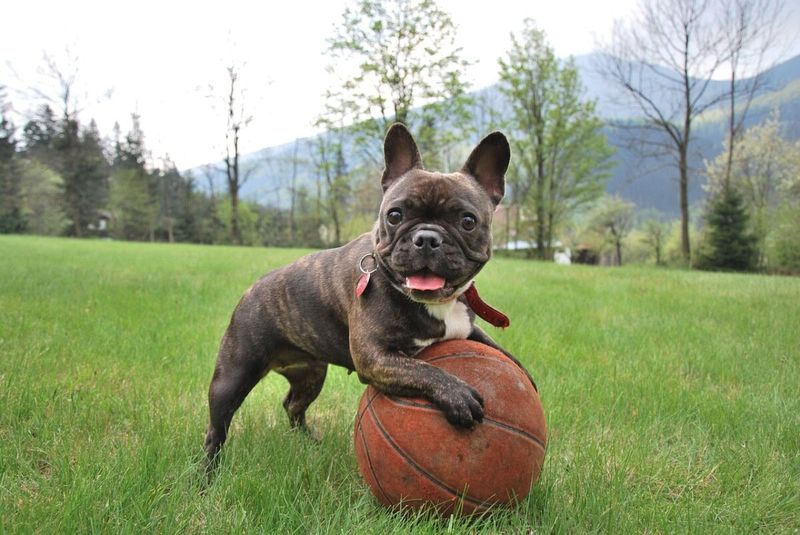
The French Bulldog, with its bat-like ears and compact size, is a beloved breed in urban settings. Known for their playful charm and affectionate nature, these dogs often become the center of attention in any room.
Their popularity has surged, leading to a high demand and consequently high price. Despite their small size, French Bulldogs can have costly health needs, including breathing issues and allergies. Ensuring their well-being requires both financial and emotional investment.
In an interesting twist, the French Bulldog was originally bred in England but became popular in France, where it acquired its name and current allure.

